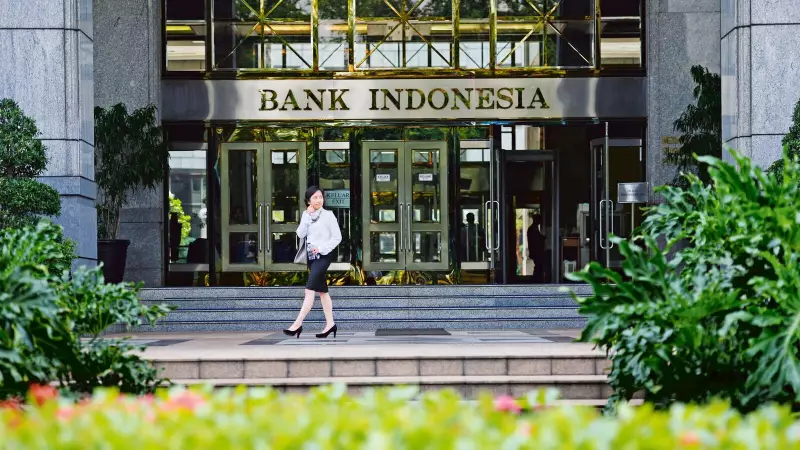
In a decisive move to shield their economies from global financial turbulence, Southeast Asia's central banks are holding firm on interest rates, prioritizing currency stability over aggressive growth measures. The region's monetary authorities are walking a tightrope between combating inflation and defending their currencies against a strong US dollar.
Bank Indonesia Stands Guard Over Rupiah
Bank Indonesia has maintained its benchmark rate at 6.25%, demonstrating its unwavering commitment to protecting the Indonesian rupiah. The currency has been under significant pressure, trading near four-year lows against the resurgent US dollar. Governor Perry Warjiyo's administration has implemented a multi-pronged strategy that includes:
- Strategic interest rate maintenance at elevated levels
- Direct intervention in foreign exchange markets
- Attractive yields on rupiah securities for foreign investors
This defensive posture comes despite inflation remaining comfortably within the central bank's target range of 1.5% to 3.5%.
Thailand's Surprising Monetary Steadfastness
Across the region, the Bank of Thailand has delivered what many analysts are calling a "hawkish hold" – keeping rates steady while maintaining a vigilant stance against potential currency weakness. The Thai baht has emerged as one of Asia's worst-performing currencies this year, declining approximately 8% against the dollar.
What makes Thailand's situation particularly intriguing is the growing dissent within the monetary policy committee. The recent decision saw two members voting for a rate cut, signaling emerging concerns about the impact of tight monetary policy on economic growth.
The Federal Reserve Shadow Over Asian Economies
The elephant in the room remains the US Federal Reserve's prolonged high-interest-rate environment. With American rates sitting at their highest level in decades, capital continues flowing toward dollar-denominated assets, creating relentless pressure on emerging market currencies throughout Asia.
This dynamic has put Southeast Asian central banks in a difficult position: cut rates to stimulate domestic growth and risk currency collapse, or maintain high rates to defend their currencies while potentially stifling economic activity.
China's Economic Slowdown Compounds Regional Challenges
Adding to the complexity is China's ongoing economic recalibration. As Southeast Asia's largest trading partner, China's reduced import demand and manufacturing slowdown have created significant headwinds for export-dependent economies in the region.
The combination of Federal Reserve policy and Chinese economic moderation has created what economists are calling a "perfect storm" for Asian central banks, forcing them to prioritize financial stability over growth-oriented policies.
Regional Divergence in Monetary Approaches
While Indonesia and Thailand maintain their defensive stances, other Southeast Asian nations are beginning to chart different courses. The Philippines recently implemented a surprise rate cut, suggesting that not all regional central banks are aligning their strategies in response to global pressures.
This divergence highlights the varying economic fundamentals and risk assessments across Southeast Asian economies, with each nation tailoring its monetary policy to address unique domestic challenges while navigating shared external pressures.





